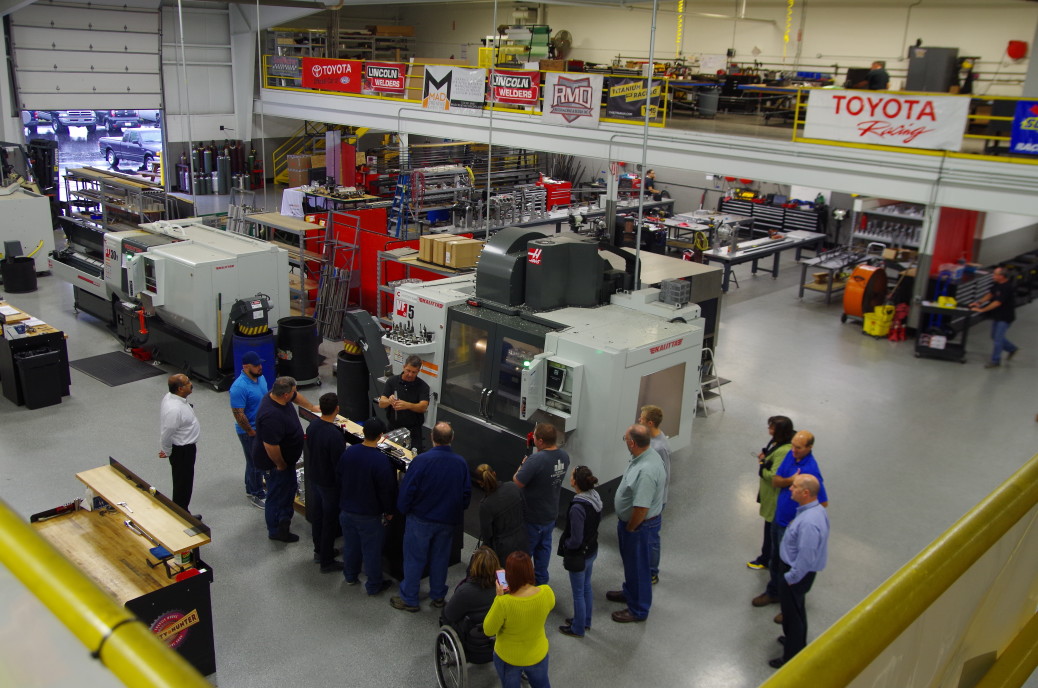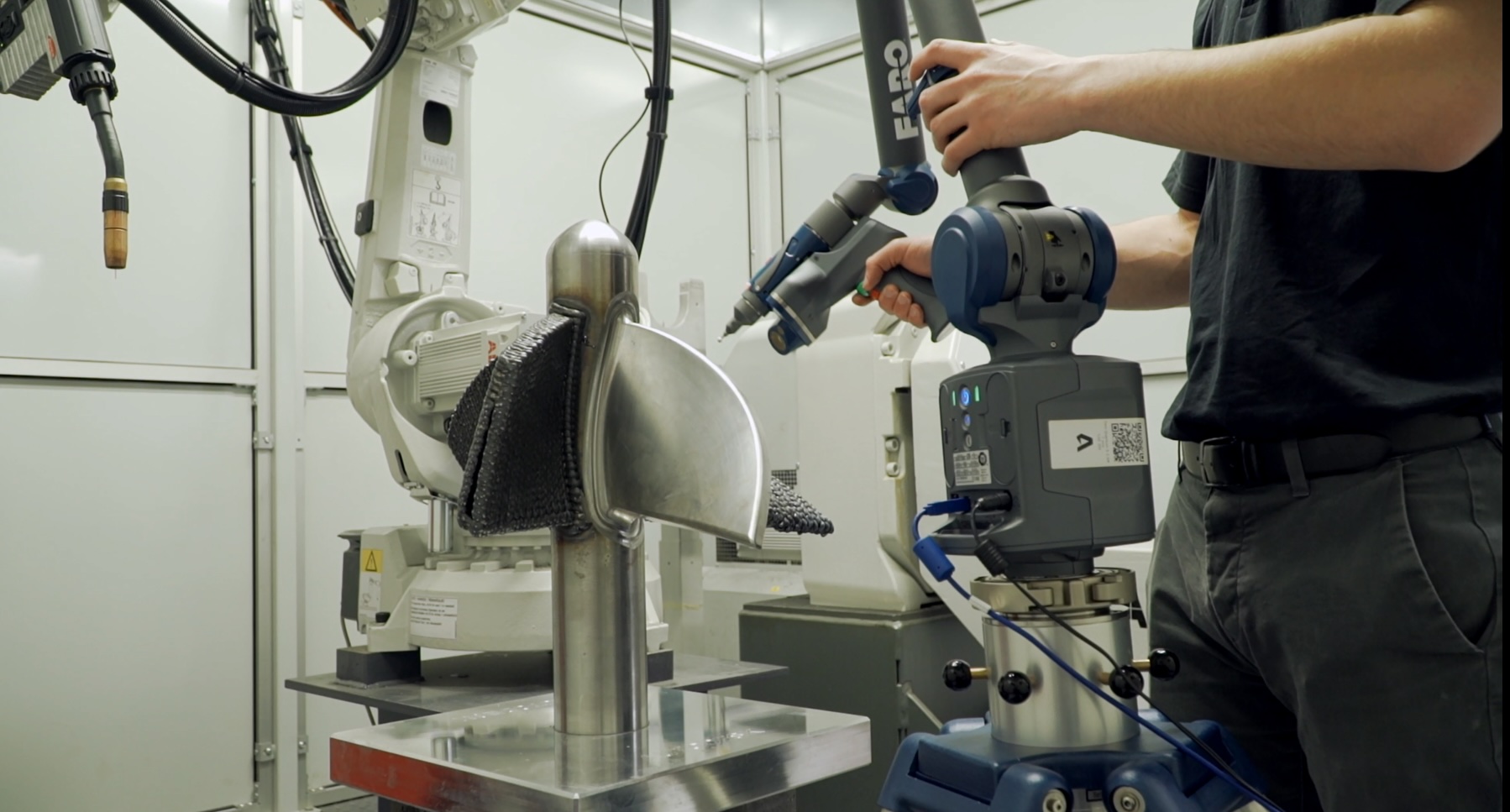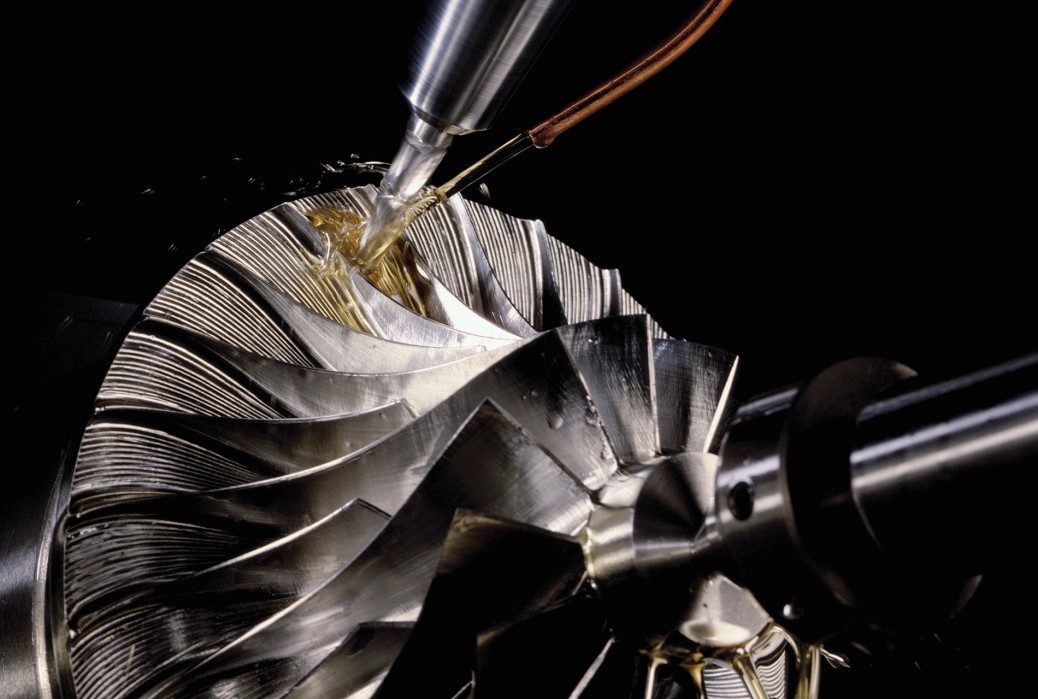Category: Advanced Manufacturing
-

Generative design: will we still need engineers?
Evolution is a powerful thing. It’s the driving force behind life as we know it. With the technology available to us today, it was only a matter of time before the power of evolution was harnessed to shape the material world too. Generative design is an automated, iterative approach to design that uses the power…
Advanced Manufacturing
-

What role can VR, AR & MR play in the life of an engineer?
Virtual Reality (VR), and its close relatives – Augmented Reality (AR) and Mixed Reality (MR), have seen significant advances over the past few years. Oculus Rift and PlayStation have brought VR to the gaming community, but the possibilities extend much further than just creating immersive video game experiences. To clear up any confusion, VR is…
Advanced Manufacturing
-

CNC Machining: 5 skills that make the best operators
Computer Numerical Control (CNC) machining involves using technical equipment to automatically machine materials into products, parts or prototypes. It is a form of subtractive manufacturing that has become a popular method in making precision parts for the aerospace, automotive, power and other technical industries. The materials used are typically metal, wood, plastics and composites, which…
Advanced Manufacturing
-
How can AR, VR, and MR help your design team create better products?
The process of designing and manufacturing products is no longer confined to the real world. Technological advances in computing and visualization devices mean that it is now possible to use virtual reality (VR), augmented reality (AR) and mixed reality (MR) to help design teams create products that would have been inconceivable not so long ago.…
Advanced Manufacturing
-
What does the future of Computer Aided Manufacturing (CAM) look like?
Computer-aided manufacturing (CAM) is used to design and manufacture products. It can enhance repetitive processes such as drilling holes or cutting layers. The manufacturing process automatically converts design drawings into machine-friendly codes. This allows the machine to read the design and then manufacture the product according to the design specifications. How does it work and…
Advanced Manufacturing
-
Industrial Manufacturing vs Artisan Manufacturing
Though it may not always feel like it, the world of manufacturing is always changing and adapting. Whether it’s logistics and sourcing or methodologies and time to market, there’s always a need to evaluate where your manufacturing and production are going. Industrial Manufacturing More traditional manufacturing is often reliant on the low-cost/high-quantity model. Whether your…
Advanced Manufacturing
-
The Mechanical Engineer’s Guide to 5-Axis Machining
What started as a high-end machining technique focused on machining complex shapes has now transitioned to a nearly industry standard technology to optimize the CNC Milling industry. 5-axis machining has veritably reinvented how we think about milling parts. Machining with 5-axis machines allows us to cut costs on machining time, achieve higher precision on complex…
Advanced Manufacturing
-
The Real Skills Gap – Designing for Manufacturability
In the past, the world of design was relegated to engineers sitting at drafting desks as they contemplated the calculus of parts and the physics of their components in the wild. Typically, designers would mock up their drawings and then pass the design to a machinist or toolmaker to develop parts for prototyping or production.…
Advanced Manufacturing
-

The Definitive Guide to Designing for Additive Manufacturing
An Engineer’s guide to understanding and implementing additive manufacturing in the production process… Introduction Image Source: Marines Additive manufacturing (AM) is a term used to described the set of manufacturing processes that progressively add layers of material to manufacture your products, and it could change the way you go about engineering your products. Instead of…
Advanced Manufacturing
-
What to consider when selecting CAM software
Although there are dozens of CAM systems available, choosing one is not as difficult as many believe. It comes down to choosing the best one for your application. This paper is meant to help give you the tools to help pick the best one for you. Consider the packaging CAM software is available in three…
Advanced Manufacturing
-
Surface Finishes When Machining – Vital Details to Making Better Molds
One of the most important things to consider when you’re looking to create a mold is surface finish. No matter what material or method is being used to create your mold, whether you’re machining or using an EDM system or another form of mold making, the surface finish of your mold will always affect the…
Advanced Manufacturing
-
Replacing EDM Manufacturing with CNC Milling for Efficiency
Many different manufacturing processes are used to actually manufacture tooling for mold making. Most mold making involves CNC machining, or subtractive processing of the material. Other operations besides milling are used, including 3D printing and EDM operations. Moldmakers today are under pressure to create their mold tooling faster than ever before. Although EDM manufacturing is…
Advanced Manufacturing
-

Selecting a 5 Axis Mill for Moldmaking
Traditionally, 5-axis mills were built and marketed for the domain of aerospace and power generation manufacturers. However, the adoption of 5-axis machining centers has increased for moldmakers in recent years. It is the purpose of this article to provide some information if shopping for a 5-axis mill for moldmaking. Advantages There are many advantages to…
Advanced Manufacturing
-

5 Axis CNC Machines for Aerospace – The Definitive Guide
Dealing with five axes when machining isn’t a simple process in any industry, but it gets especially interesting in the realm of aerospace. When we’re talking about subtractive manufacturing in general, you have to consider everything from your material and holding that work to your tooling and the toolpaths to get to your finished part.…
Advanced Manufacturing
-
A closer look at vertical and horizontal milling machines
For machine shop operators considering milling machines, one of the most basic questions they have to answer relates to configuration: vertical or horizontal mill? The answer depends on the nature of the business—in particular the type and volume of work being done in the shop—but also cost, capabilities of the workforce, and the facility itself. All…
Advanced Manufacturing